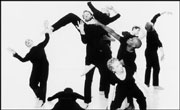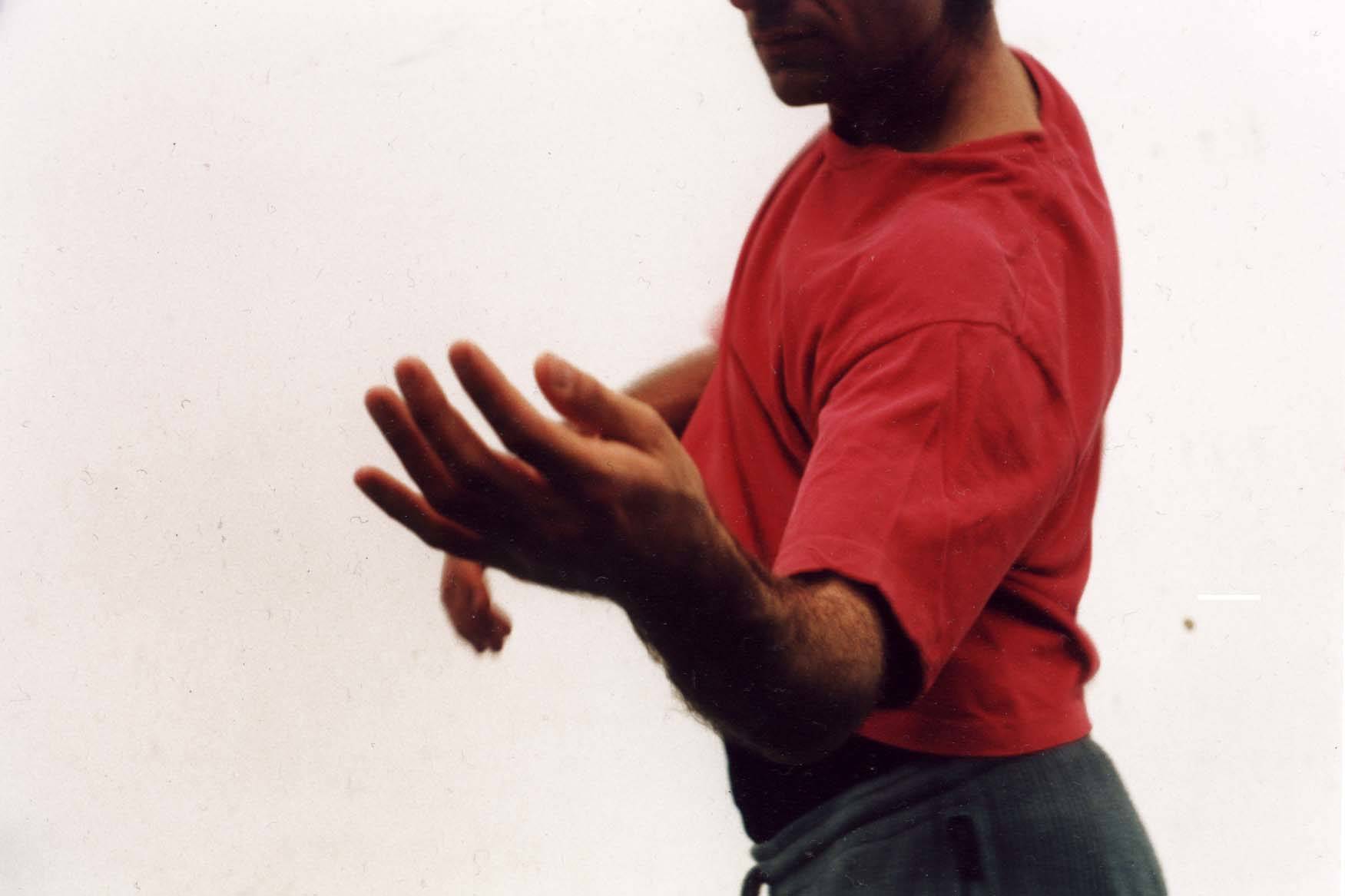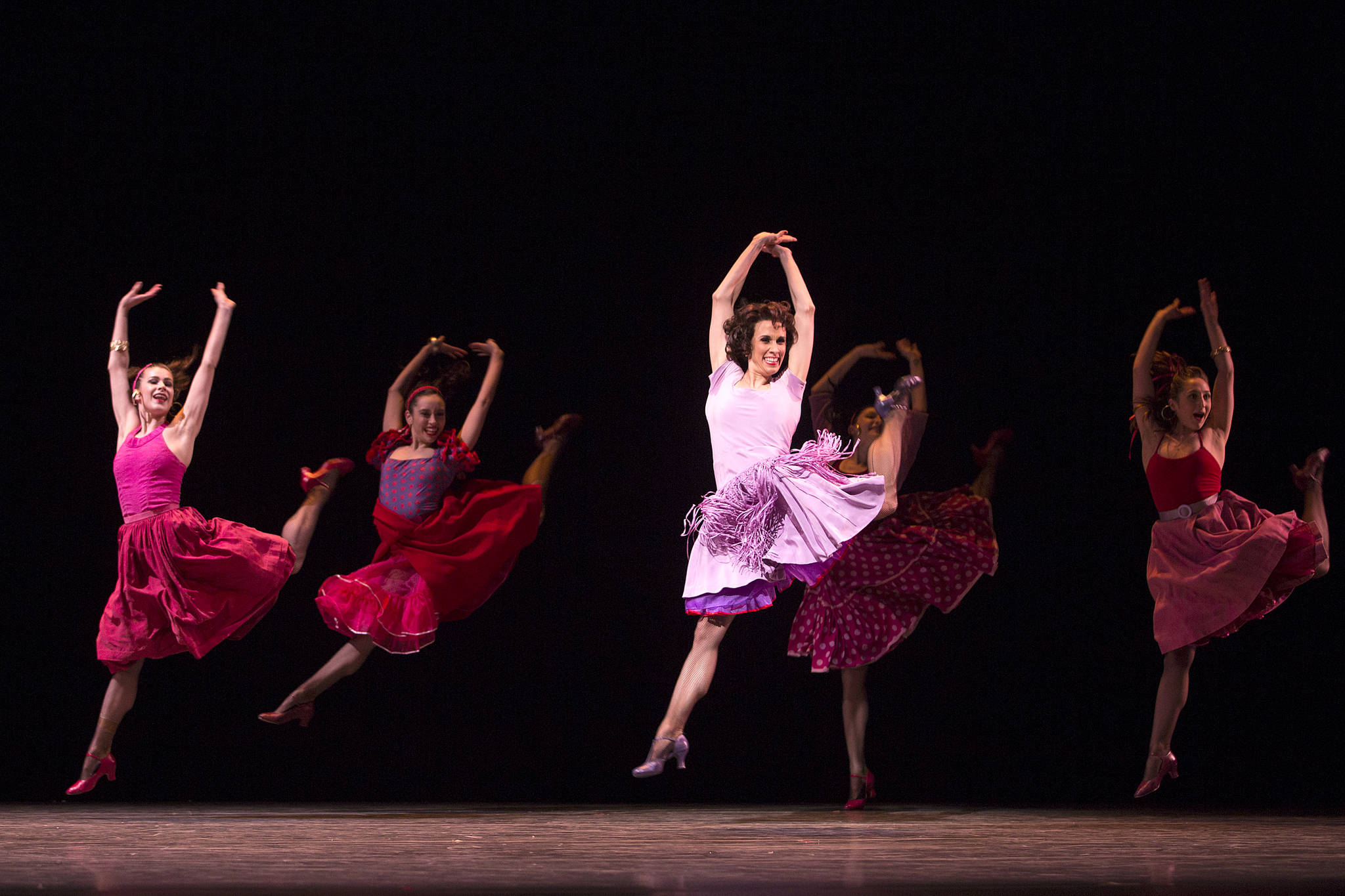MARK MORRIS DANCE GROUP
UW campus, Meany Hall, 543-4880, $38 8 p.m. Thurs., May 17-Sat., May 19
NO MATTER HOW different they are in style or substance, all really good works of art share a certain quality—they feel inevitable. They’re exactly what they’re supposed to be, each choice leading clearly to the next one, all the pieces fitting together in a matrix. You might wish that the dance, or play, or song were bigger or longer; you might ask for more, but you aren’t likely to ask for it to be different. The Mark Morris Dance Group is celebrating its 20th anniversary on its current tour, and for more than those 20 years Morris has been making dances that have that inevitable quality. I’ve been watching his work for most of those years, and during that time I’ve been stunned, elated, amused, and enchanted, but never bored. I’ve always wanted to see more, but I’ve never wanted it to be different.
The unifying hallmark of Morris’ work has always been its relationship to music, and specifically to rhythm. You find yourself listening to his dances as much as watching them. The rhythmic structure of the choreography frequently adds more detail to the musical score while it illuminates the original material. You can walk away from one of his performances not only feeling that you’ve heard the music more clearly than you might have in the past, but also that you’ve seen where the score could go, the physical manifestation of an aural experience. This is a quality he shares with George Balanchine, whose contributions to the ballet repertory are probably the single most valuable aspect of 20th-century dance. Over the years, Morris has done this with an incredibly wide range of music, from classical to country, treating it all with love and respect. The program for the group’s Meany Hall performances this weekend includes the extremely well-known (a collection of Chopin piano pieces for Sang Froid) and the more esoteric (Henry Cowell’s Mosaic and Untitled).
WATCHING MORRIS himself perform has always been one of the pleasures of seeing the company. In modern dance, an art form that is often built on the body of the choreographer, you usually look to them to see exactly what they had in mind. When you look at Morris, you see his extensive background in rhythmic and percussive dance forms underpinning almost everything he does. His connection to the floor as he steps or stamps is powerful—if he were dancing outside, you would expect to see little puffs of dust rise at each step. This weightiness gives him a sense of power, but it also serves as a contrast to his facility as a mover, the ease with which he can slip through the space. Now in his mid-40s, Morris has been relinquishing some of his dancing roles, but he is still performing with the company on this tour in Pecadillos, a new solo to children’s songs by Erik Satie.
Morris often seems like the dance equivalent of a polymath, making work for a broad range of groups as well as his own ensemble. He’s choreographed for opera and ballet companies, folk dance groups, and television commercials. (It’s particularly unfortunate for us that Pacific Northwest Ballet doesn’t have any of his work in its active repertory.) The end of the 20th century came with the death of several major choreographers, as well as the general scourge that is AIDS, and many people have speculated that this marks the end of an era in dance as well. But if our future continues to have works by Mark Morris in it, I think we will be in good company.









